How the great children's literature of the 19th century inspired some of the great domestic architecture of the 20th
From the cheery cosiness of Badger's home in 'Wind in the Willows' to the magic of 'Tom's Midnight Garden', the houses in children's literature have made an impact on architecture as we know it today.
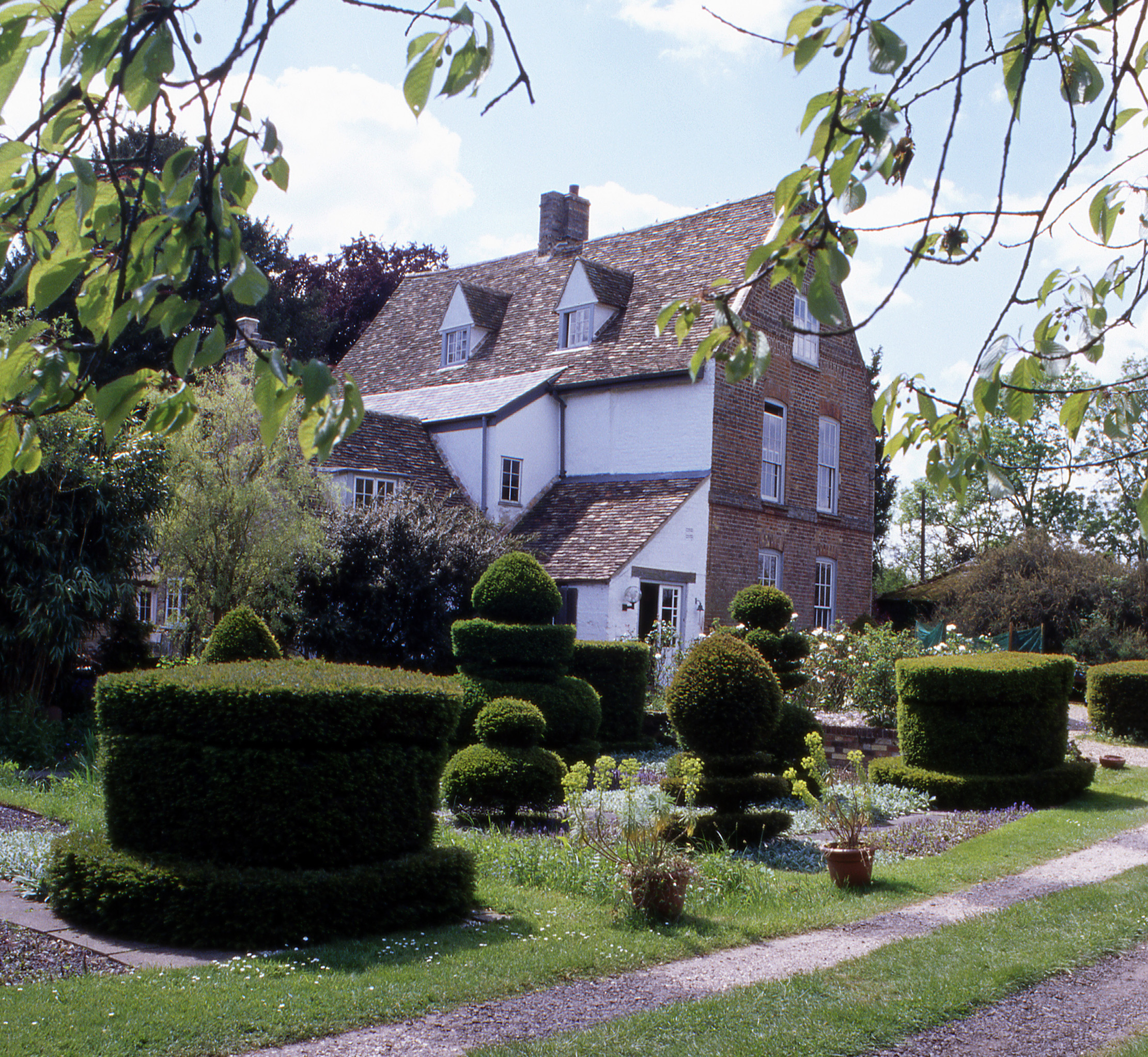

Every Thursday we look back at an article in the Country Life architecture archive. This week, it's a 1998 piece by Alan Powers about the role of architecture in classic children's literature — and how, equally, that literature has fed back into architecture. Alan was the curator of an exhibition on this topic at The Prince of Wales Institute at the time, and his article distills
Among all the homes in fiction, those in children's books have a compelling quality, not only because they may be illustrated, but because it is in the nature of children's literature to emphasise the symbolic quality of experience. As Michael and Margaret Rustin wrote in their survey of children's stories, Narratives of Love and Loss (1987): 'For children, the boundary between internal and external reality is more fragile and permeable than it is for most adults.'
An awareness of domesticity in children's literature enables us to read the books more attentively, and also to find out more about the wider importance of houses and dwellings. It is no coincidence that the rise of children's books in England in the latter part of the 19th century ran parallel to the Arts and Crafts movement and its return to ideals of domesticity. In Sweetness and Light (1977), Mark Girouard brilliantly used the illustrations of Randolph Caldecott and Kate Greenaway to explain the 'Queen Anne' movement of Nozman Shaw and his contemporaries — but the story continues.
The period from 1890 to 1914 is often seen as the great era of English children's writing, which produced The Secret Garden, the stories of E. Nesbit, Peter Pan, Wind in the Willows and the tales of Beatrix Potter. These texts have survived because of their subtle treatment of social and psychological themes, combined with an adult richness of language. This was a time of anxiety about the effects of industrialism, when the idealised child needed to be removed from an adult, class-stratified urban environment and allowed to develop in the countryside, close to nature and to rural working people rather than 'the working class'.
The country houses of Lutyens in Surrey and Hertfordshire were part of the same movement of idealisation, which became available to the upper-working class after 1900 through London County Council cottage estates and the growth of garden suburbs. Kate Greenaway's child's-eye view of picket fences and garden hedges became a prescription for the national malaise.
In Secret Gardens (1985), Humphrey Carpenter unpicks many layers of autobiography and meaning in these books. Wind in the Willows (1908) is a Dickensian construction of character types corresponding, in part, to an Edwardian view of social class. But this is not the only interpretation. Mole's yearning for his home corresponds to Badger's ancient, rooted kitchen in the Wild Wood — in Carpenter's words, 'as universal a symbol as the River'. The houses, which represent female traits, act as moral and emotional stabilisers for the male characters.
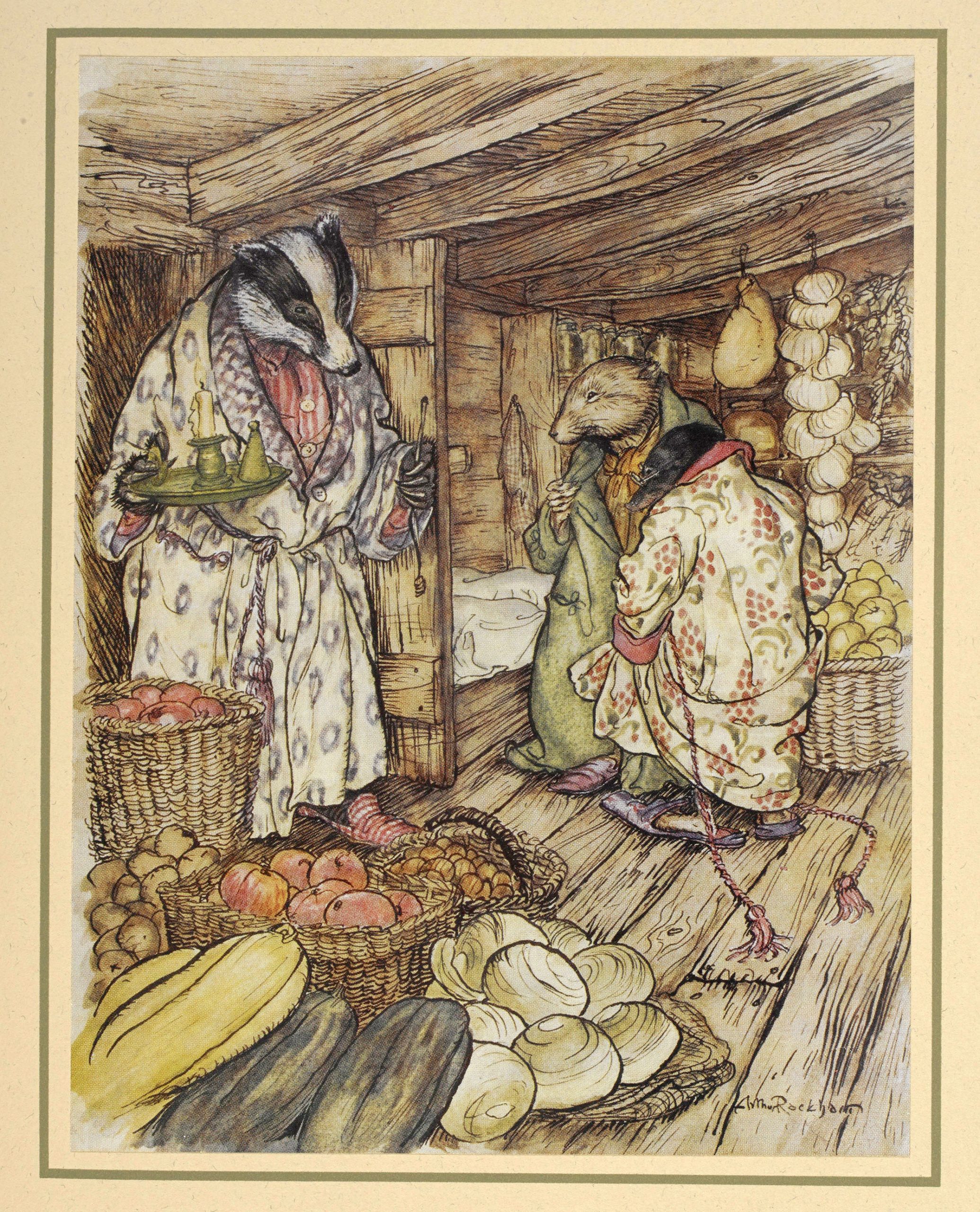
E. Nesbit, in creating the setting for The Wouldbegoods (190 l ), recalls her holidays at the rambling Halstead Hall, Kent, contrasting it with the mean London house where the story begins. Beatrix Potter looked back to childhood holidays in Perthshire and her houses evoke a universal vernacular type, beloved of the Arts and Crafts movemen In Two Bad Mice, the pretentiousness of the doll's house, which is temporarily occupied by Tom Thumb and Hunca Munca, is set against their cosy nest, and they are not punished for their destructive behaviour.
Sign up for the Country Life Newsletter
Exquisite houses, the beauty of Nature, and how to get the most from your life, straight to your inbox.
In the Fifties and Sixties another generation of children's classics emerged into a new world of public libraries and paperback publishing. In Tom's Midnight Garden (1958), Philippa Pearce wrote a novel of adult complexity which happens to be about children and is compelling reading at any age. The house, and particularly its garden, both play a role in Tom's development and convey further messages about differences between 'the old days' and now.
Despite the ugliness and alienation of the house, which has been converted into flats, and the garden, which is reduced to a yard for dustbins, the Rustins write that 'the principal commitment of the author is not to the past as a preferred world, but to the need to remain connected to it, in memory and relationship'.
The Green Knowe books of Lucy Boston are based on her home, the Manor at Hemingford Grey, near Huntingdon. Without the special quality of this house, which she recovered from a century of neglect in the Thirties, she might never have written as she did.
Past and present combine in various forms of magic, some benign and some terrifying, in which the house acts not so much as a symbol of continuity but more as the keeper of past acts and values, both good and bad, which can be experienced by the sensitivity of children. Lucy Boston's books became increasingly bleak in their presentation of the greyness of the modem world, but were in themselves a kind of act of faith.
Highly illustrated books for younger children are a flourishing part of the publishing scene and continue to use houses as a way of identifying families and characters. There is the comfortable, well-observed urban reality of Shirley Hughes's Lucy and Tom books (no more yearnings for the country), or reworkings such as Eugene Trevizas's and Helen Oxenbury's The Three little Wolves and the Big Bad Pig (1995). Here the wolves build a reinforced concrete house but even this is no problem for the predator pig. Finally, they build a house of flowers, which makes him into a good pig, and they all live happily ever after.
An impossible ending or a model for urban regeneration? The disasters of postwar housing show that we cannot afford to neglect anything which can instruct and sensitise us about the social value of dwelling, rather than just existing.
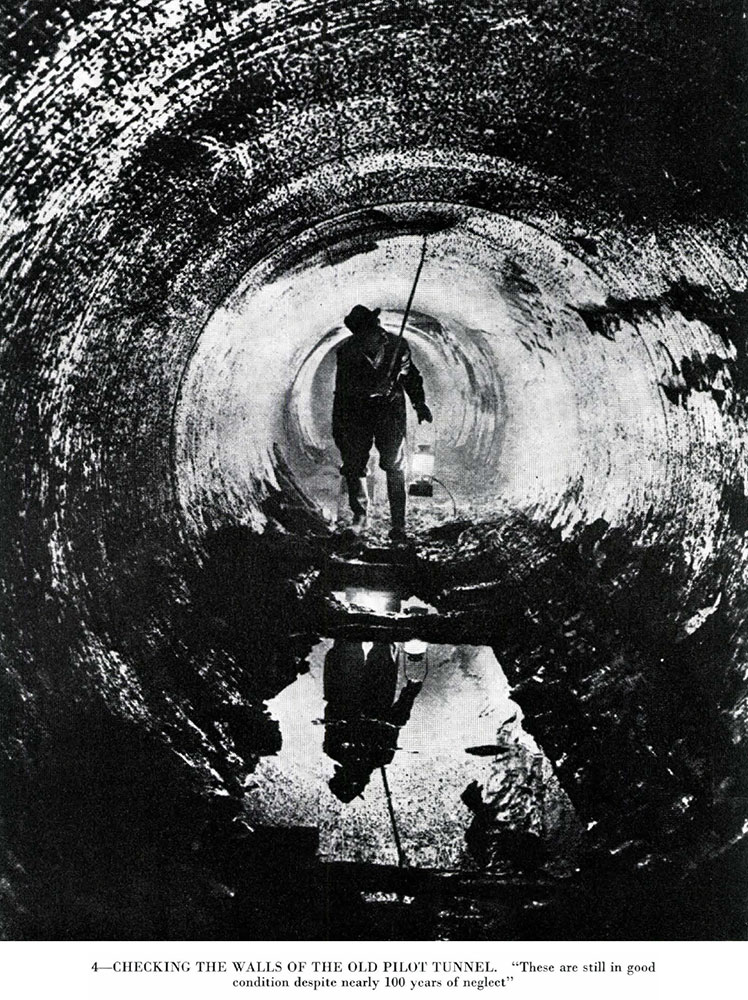
The Channel Tunnel's centuries-long shift from fear of 'foreign hordes' who'd 'deface the countryside' to our magnificent link to the Continent
This week's architecture archive looks at the two centuries' worth of plans which eventually resulted in the Channel Tunnel between
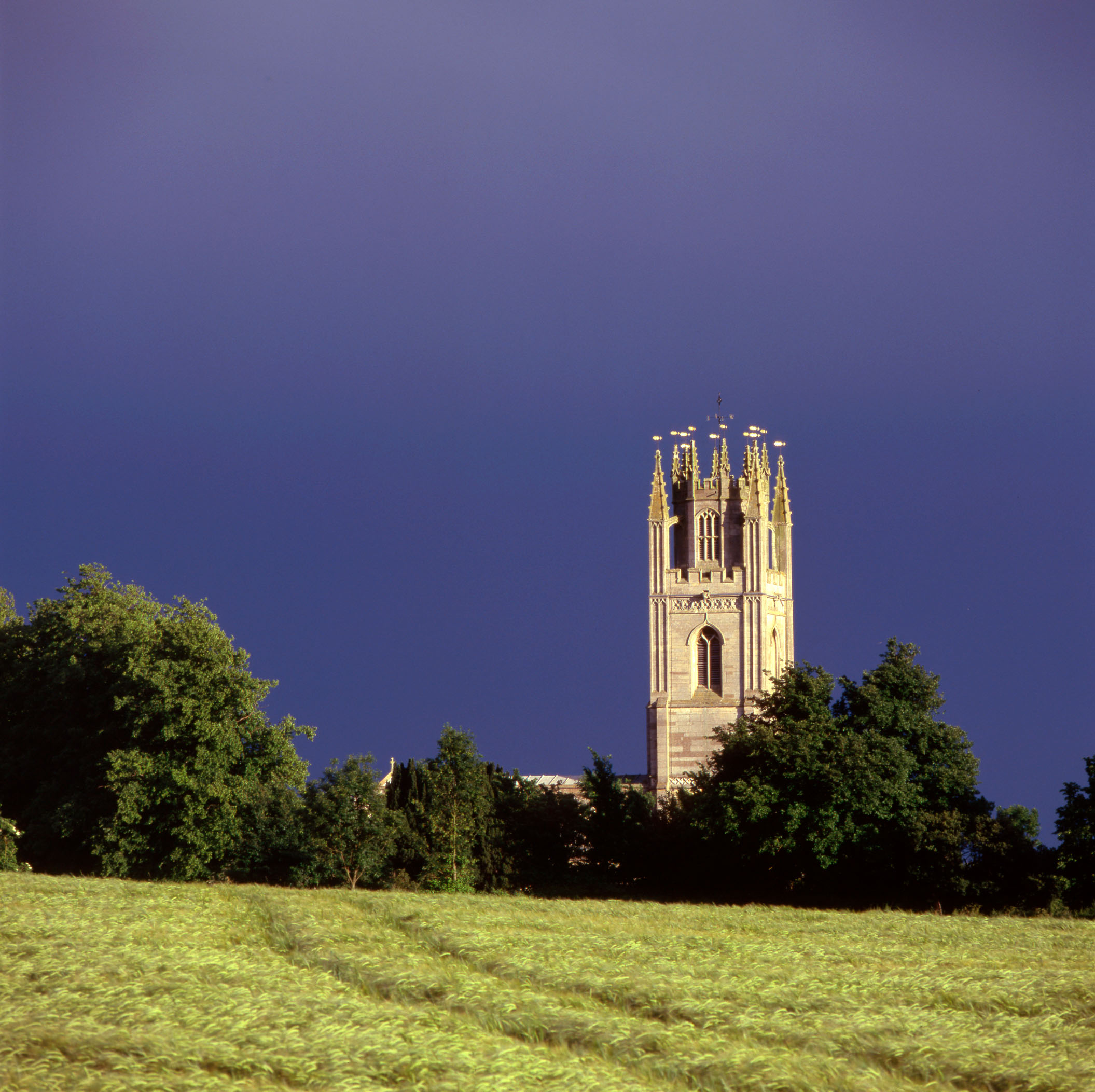
St Peter's, Lowick: A 'hidden masterpiece' of a church that boasts one of the finest alabaster tombs in England
We delve into the archives to take a look at St Peter's Church in Lowick, Northamptonshire.
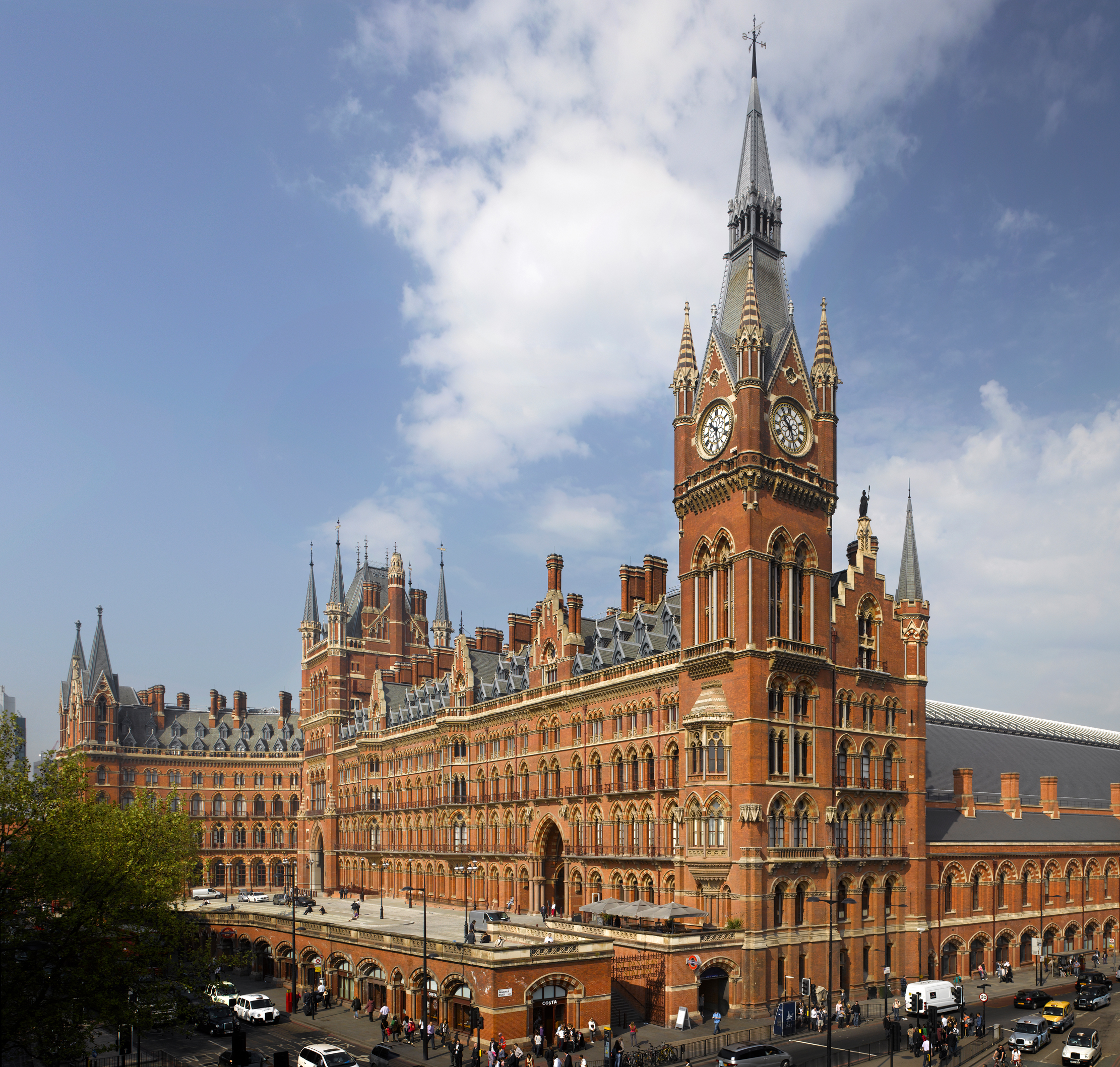
The immaculate restoration of the once-despised architecture of St Pancras station
'If the present popularity of the long-despised station would have struck our fathers and grandfathers as surprising, more surprises should
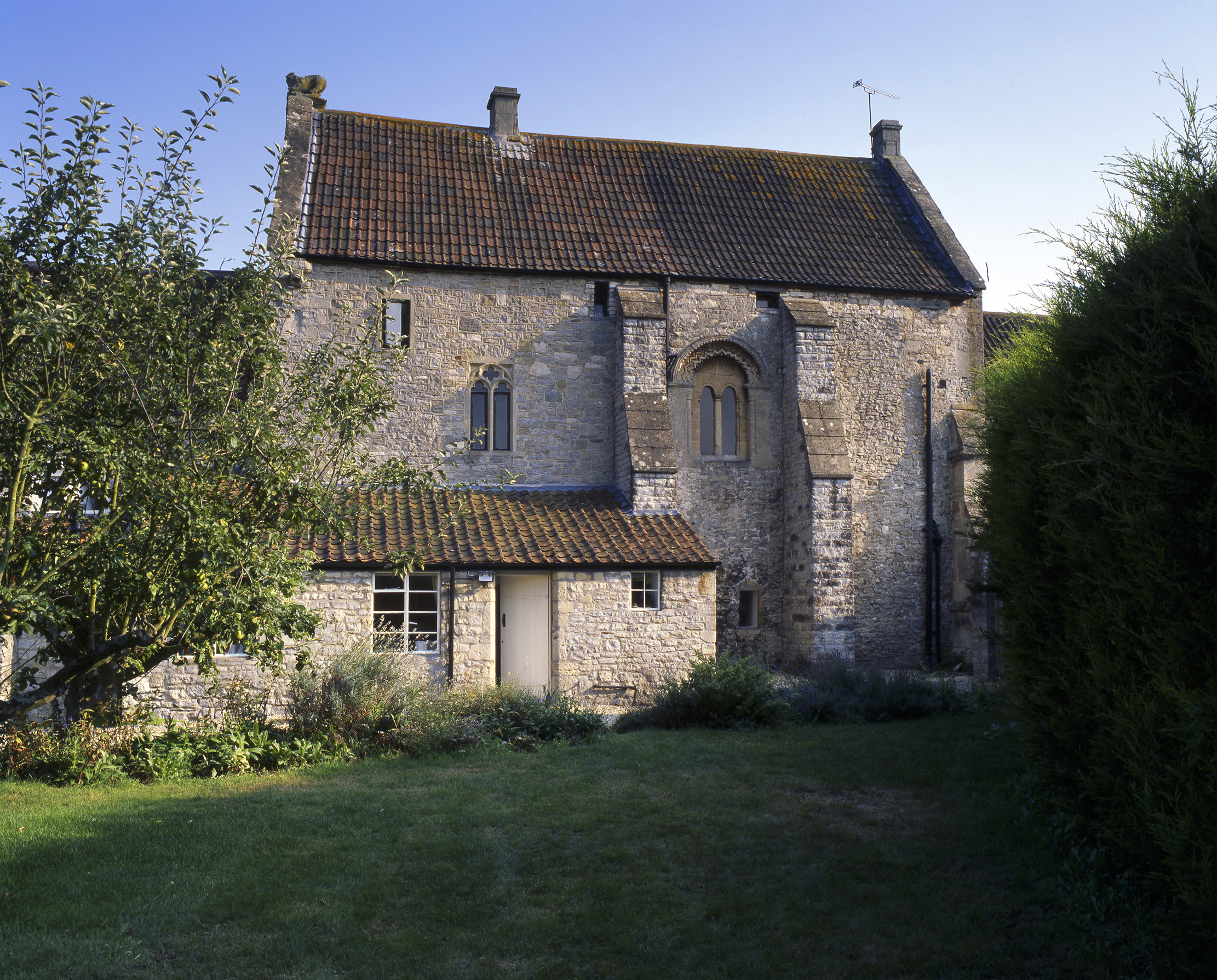
The oldest house in Britain — and how we were able to tell it apart from the other contenders
There are many nominations for the oldest home in Britain — in this piece from the Country Life archive, John Goodall
Country Life is unlike any other magazine: the only glossy weekly on the newsstand and the only magazine that has been guest-edited by HRH The King not once, but twice. It is a celebration of modern rural life and all its diverse joys and pleasures — that was first published in Queen Victoria's Diamond Jubilee year. Our eclectic mixture of witty and informative content — from the most up-to-date property news and commentary and a coveted glimpse inside some of the UK's best houses and gardens, to gardening, the arts and interior design, written by experts in their field — still cannot be found in print or online, anywhere else.
-
 Two quick and easy seasonal asparagus recipes to try this Easter Weekend
Two quick and easy seasonal asparagus recipes to try this Easter WeekendAsparagus has royal roots — it was once a favourite of Madame de Pompadour.
By Melanie Johnson
-
 Sip tea and laugh at your neighbours in this seaside Norfolk home with a watchtower
Sip tea and laugh at your neighbours in this seaside Norfolk home with a watchtowerOn Cliff Hill in Gorleston, one home is taller than all the others. It could be yours.
By James Fisher

